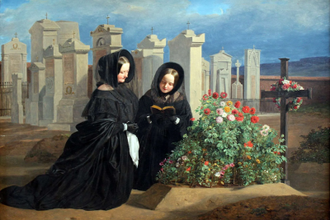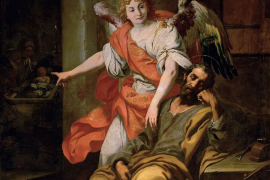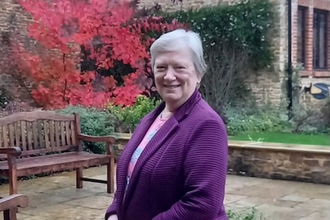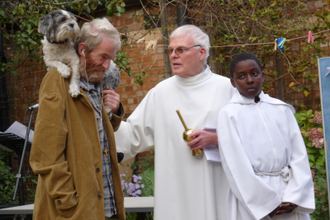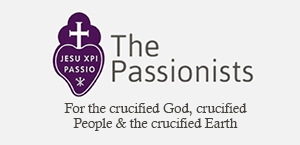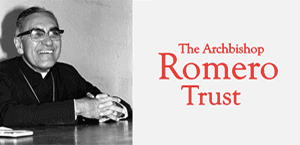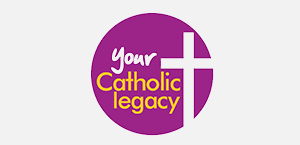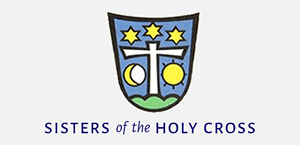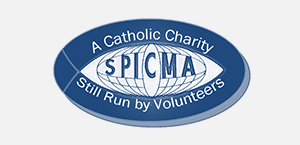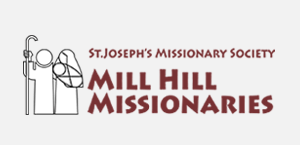Gospel in Art: Saint Charles Borromeo, Bishop

Meditating on the Dead Christ, by Giovanni Battista Crespi, il Cerano, 1610 © Prado Museum, Madrid
Source: Christian Art
Gospel of 4 November 2025
John 10:11-16
At that time: Jesus said, 'I am the good shepherd. The good shepherd lays down his life for the sheep. He who is a hired hand and not a shepherd, who does not own the sheep, sees the wolf coming and leaves the sheep and flees, and the wolf snatches them and scatters them. He flees because he is a hired hand and cares nothing for the sheep. I am the good shepherd. I know my own and my own know me, just as the Father knows me and I know the Father; and I lay down my life for the sheep. And I have other sheep that are not of this fold. I must bring them also, and they will listen to my voice. So there will be one flock, one shepherd.'
Reflection on the painting
Today we celebrate Saint Charles Borromeo (1538-1584), Archbishop of Milan and Cardinal. Alongside St Ignatius of Loyola and St Philip Neri, he was a key figure in the Counter-Reformation, working to address the challenges posed by the Protestant Reformation. As part of this mission, Charles spearheaded major reforms within the Catholic Church, including the establishment of seminaries dedicated to the education and formation of priests. His deep appreciation for the arts led him to use beauty as a powerful tool for evangelisation, in response against the Reformation.
The Reformation, particularly in its more radical branches, moved away from the use of religious art. Protestant reformers like Martin Luther and especially John Calvin were critical of the Catholic Church's emphasis on religious images and the veneration of saints. They believed that such practices could lead to idolatry and distract from the direct worship of God. As a result, many Protestant churches removed religious art from their spaces, stripping their interiors of paintings, statues, and other iconography that were common in Catholic worship. This shift was especially evident in Calvinist regions, where iconoclasm (the deliberate destruction of religious imagery) became widespread, as they sought to purify the church of any perceived misuse of images.
In response, the Catholic Church, as part of the Counter-Reformation, not only retained its use of religious art but elevated its importance. The Council of Trent (1545-1563) affirmed the value of sacred art as a means to inspire devotion, educate the faithful, and glorify God. Charles Borromeo was at the forefront of viewing art as a powerful tool for promoting the faith, and helped give birth to the whole era of Baroque art. He insisted though that that sacred art must be clear, emotionally engaging, and theologically sound. Art yes, could moved heart, but ultimately it also had to instruct the mind. His writings and pastoral directives encouraged artists to create works that inspired devotion and drew the viewer into prayer. His vision laid the foundation for what became the Baroque aesthetic: dramatic compositions, rich light, and intense emotional realism, all directed toward awakening faith.
Painters like Caravaggio, Rubens, and Bernini's sculptures in marble embodied Borromeo's ideal: art as catechesis through beauty, leading the soul to encounter the divine. In many ways, the grandeur and emotional power of Baroque art can be seen as the visual flowering of Charles Borromeo's writings: his conviction that beauty must work in service of the Gospel.
LINKS
Gospel in Art: https://christian.art/
Today's Reflection: https://christian.art/daily-gospel-reading/john-10-11-16-2025/



